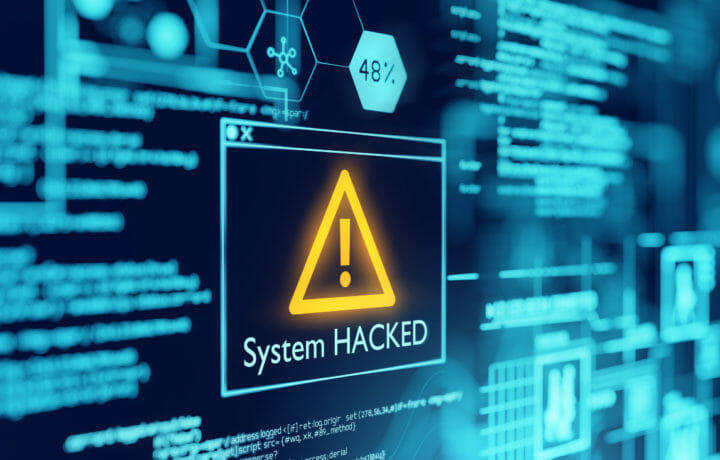Hacktivism while usually illegal, still in many cases has intentions that garner the support of at least a minority of individuals. The term of art has been around for over thirty years, but in its purest state has refined itself to become an agent of protest or action to right a perceived wrong. Hacktivists attack politicians, policy, corporations, countries and agencies not primarily for financial gain (which is the basis for 90% of cyber-attacks), but to become a loud voice of concern that can touch millions of people with a single click of a mouse.
Hacktivists: The Quick Strike Artists
The preferred actions of hacktivists can be denial of service (shutting a website down), leaking information that would not otherwise be public, defacing and/or redirecting websites, and crowd sourcing propaganda messages through troll and bot accounts. Hacktivists usually operate with the ethical code that open transparent governments and a free-range internet with shared code should be the rule and not the exception. Unlike their hacking brethren (who may mix and match with each other in terms of roles) known as APTs (Advanced Persistent Threat), hacktivists are quick strike artists, getting in and out of a breached network long enough to accomplish whatever their mission may be.
Anonymous is probably the most famous hacktivist group and has an impressive list of specific and non-specific targets to include: Church of Scientology, Motion Picture Association of America, PayPal, Government of Tunisia, the Westboro Baptist Church, child pornography, Koch Industries, homelessness, Ku Klux Klan, Al-Qaeda, ISIS, Government of Saudi Arabia, Thailand Prison System, the City of Minneapolis, various law enforcement agencies, and extremist type groups.
How Active are Hactivists?
With such financially motivated hacks such as ransomware and espionage taking the spotlight over the past few years, hacktivists, while still active, have not captured the cybersecurity headlines. Since this past spring, we have seen a hacktivism resurgence emerging as world and country swim in a sea filled with monumental events. The group DDOSecrets have exposed numerous Russian government and industry cameras, records and emails to show possible ties of individuals to Russian interests. Anonymous and several of its “partners” have been primarily responsible for the Russian-Ukraine hacks, although it is unknown how much of it is tied into bounties, mercenaries, and other “for hire” actions.
Upcoming Targets?
So what is the next target for hacktivists to aim at as we move into the second half of the year?
Their presence has already been felt with the overturning of Roe v Wade as multiple states have been hit and data leaked exposing documents and communication between the state, private citizens and public or nonprofit agencies. The group whom the attack is attributed to, SiegedSec is normally in the business of data theft for financial motivation, but apparently dabbled for a short time in the hacktivist world. As more states enter the decision-making phase, hacktivists will be scouring them for new and unique targets.
Gun control, the midterm elections, and Supreme Court decisions on affirmative action and freedom of religion are some of many topics that will be in the news in the United States in the next several months. World events such as energy costs, the continuation of the Russia war on Ukraine, a humanitarian crisis that will affect Afghanistan and its neighbors, an independent Taiwan, Iran’s nuclear fate and the ongoing war in Yemen are just a few of the stages that hacktivists may make an appearance on. While ransomware and financially-motivated data theft will still garner most of the headlines, the next six months, according to my crystal ball, will see hacktivism settling in as a regular thing in trending topics.




